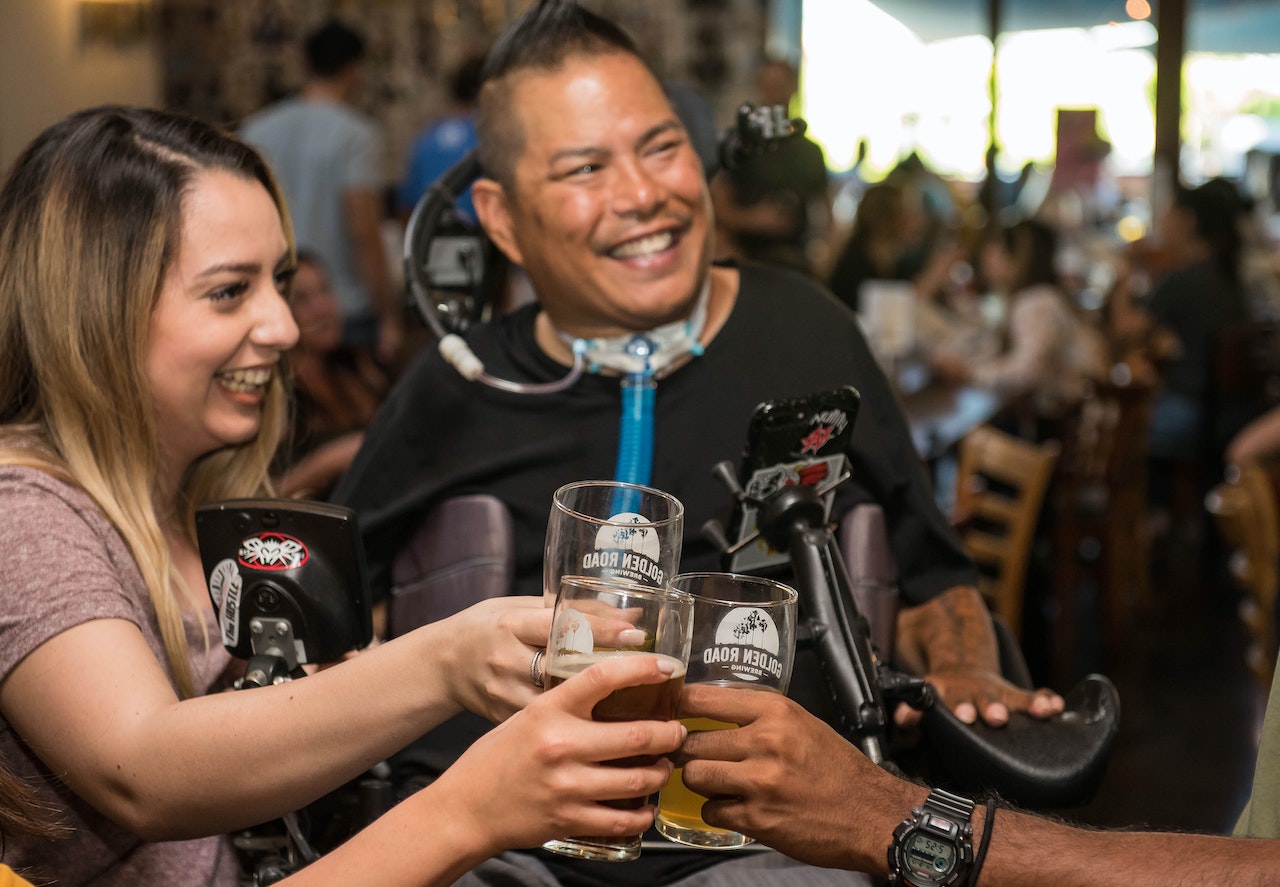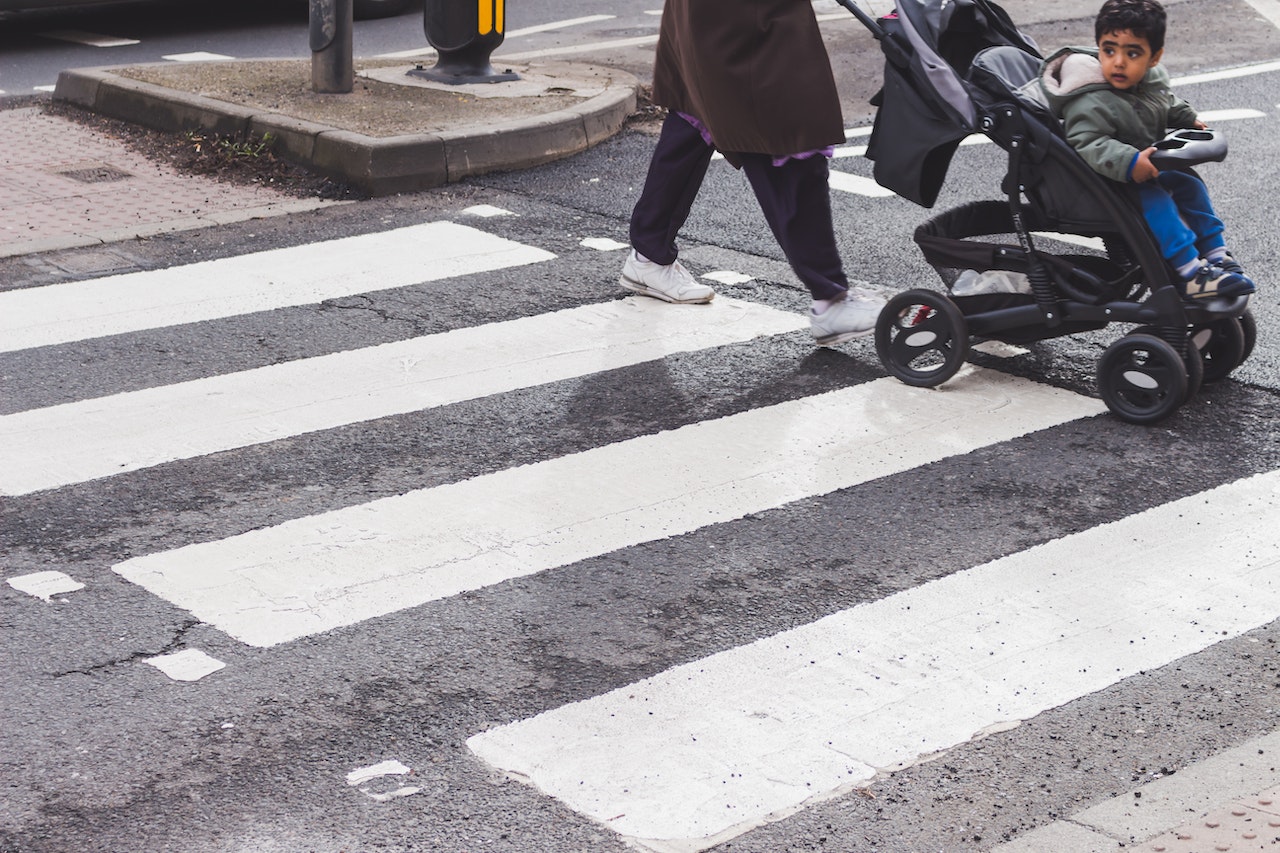5 Barriers That Impact People with Disabilities
At least 1 out of 4 of American adults have a disability, the Centers for Disease Control estimates. However, even this figure is incomplete, as federal surveys miss out on identifying as much as 43% of this population, as shown by KU researchers. 1
As part of efforts to promote inclusion and belonging for everyone in society, we’re calling attention to several ways people with disabilities encounter obstacles in their daily lives — and why accessibility for everyone is important.

Attitudinal Barriers
Attitudinal barriers result from others’ opinions that limit people with disabilities. A disability can be seen by others as a character flaw. It can be seen as a reason to infantilize someone. Or it might make someone invisible altogether.
A statement from the CDC reads: “By not considering disability a personal deficit or shortcoming, and instead thinking of it as a social responsibility in which all people can be supported to live independent and full lives, it becomes easier to recognize and address challenges that all people—including those with disabilities—experience.”
People can make assumptions about people with disabilities and about what they can or can't do. Attitudinal barriers make it much easier for other barriers to persist, which is why it is important to rectify incorrect beliefs about disabled people and what they need.

Physical Barriers
Physical barriers limit the movement of individuals who use a wheelchair or other mobility supports. This could look like a building only accessible via stairs, a polling place with doors too narrow for a wheelchair to fit, or medical equipment that only can be used by a person who can walk or stand.
Askia "Ski" Adams, an assistant researcher at the Kansas Center on Developmental Disabilities, explained the challenges he faced as a person who is disabled. In 2019, he traveled by train from Kansas City, Mo., to Newark, N.J. He said the hardest part about his trip was gaining access to the restroom on the train.
"The restrooms are not designed for individuals who have disabilities and their caregivers to help them," Adams said.
Even when accommodations do exist, people may create physical barriers without thinking about it. A homeowner may allow shrubbery to become overgrown and block the path of a sidewalk. Plush carpeting installed in a theater may look nice but make it difficult for a guest who uses a wheelchair. Or an entrance ramp may be left covered in snow or ice in the winter, making it difficult to use.
Policy Barriers
Several federal laws and regulations require accessibility for individuals with disabilities, but if these policies are not known or not enforced, they can create a barrier. A guide to accessibility laws is available from the U.S. Department of Health and Human Services.
In general, people should not be excluded from participation in programs, services, opportunities or benefits they would otherwise be entitled to access. For example, a landlord should not refuse to rent to a tenant because of their disability. Individuals should also be allowed reasonable accommodations for employment — for example, a desk that allows an employee with a wheelchair to access it.
Communication Barriers
A communication barrier results when people are unable to hear, speak, read, write or understand information as it is available to them.
People with visual impairments may need large-print text, Braille versions of written material, or screen readers. Others with hearing impairments may depend on Sign Language, text messages, or captioning for video.
Language presents a communication barrier for people with and without cognitive impairments, such as if information is presented in a language that one is not fluent in—either in technical jargon or a language foreign to the individual.



Social Barriers
Social barriers stem from limits within people’s environment that hinder their ability to live, learn, work, and age.
The U.S. Department of Labor that found 36.6% of people with disabilities aged 16-64 years were employed—about half as many as those who are not disabled.
Similarly, the CDC found that people with disabilities are three times as likely to have an income of $15,000 or less and are twice as likely to not graduate from high school. Children with disabilities were found to be nearly four times as likely to experience violence, the World Health Organization reports.
Benefits to Deconstructing Barriers
A primary benefit to eliminating barriers is to help ensure people with disabilities have equal opportunity to live their best life. However, there is evidence that increasing accessibility provides benefits to the general population as well.
First, anyone can become disabled. While only 18% of the population aged 18-44 reports having a disability, nearly half will report having a disability after age 65, according to 2020 statistics from the CDC. While age can be a factor, people can also be disabled temporarily or permanently after an injury such as military service, a car accident, or a health emergency.
Also, accommodations for people with disabilities can increase accessibility for others. For example, automatic doors and ramps are necessary for people with mobility limitations. However, they also enhance accessibility for people who are not disabled—including people carrying a heavy load or pushing a stroller.
Others can include alarms that are able to be seen as well as heard, easy to use handles, intuitive design that makes objects easier to use, or clear instructions with visuals that don’t rely on complicated language.
Finally, the entire community benefits when everyone is able to participate—when they or their family, friends or community members are all able to enjoy the same access to employment, entertainment, and more.
Karrie Shogren, director of the Kansas University Center on Developmental Disabilities, said it is important that more people have access to learning and work environments and more within their communities.
"Removing barriers is good for everyone, and it ensures that people with disabilities’ right to be live, work, and learn is their communities is recognized and advanced, consistent with disability policy," Shogren said.
Friends can dine out at a restaurant without worrying that a member of their group won't have room for her wheelchair. Families with a member who is deaf or hard of hearing can watch their favorite shows together. Children can share the joys of swinging together at a playground with adaptive seats.
"We have claimed for over 40 years people with disabilities belong in the community," added Adams. "If society truly believes this accessibility would be built into everything we did. When barriers are removed, we are able to hear more voices."
1 Jean Hall, director of KU’s Institute for Health & Disability Policy Studies at the Life Span Institute, presented these findings in an October 2022 article, “Comparing Measures Of Functional Difficulty With Self-Identified Disability: Implications For Health Policy.”
Other articles you may also be interested in ...
Accessible Home for the Holidays
4 Communication Technology Programs That Can Benefit People with Disabilities
